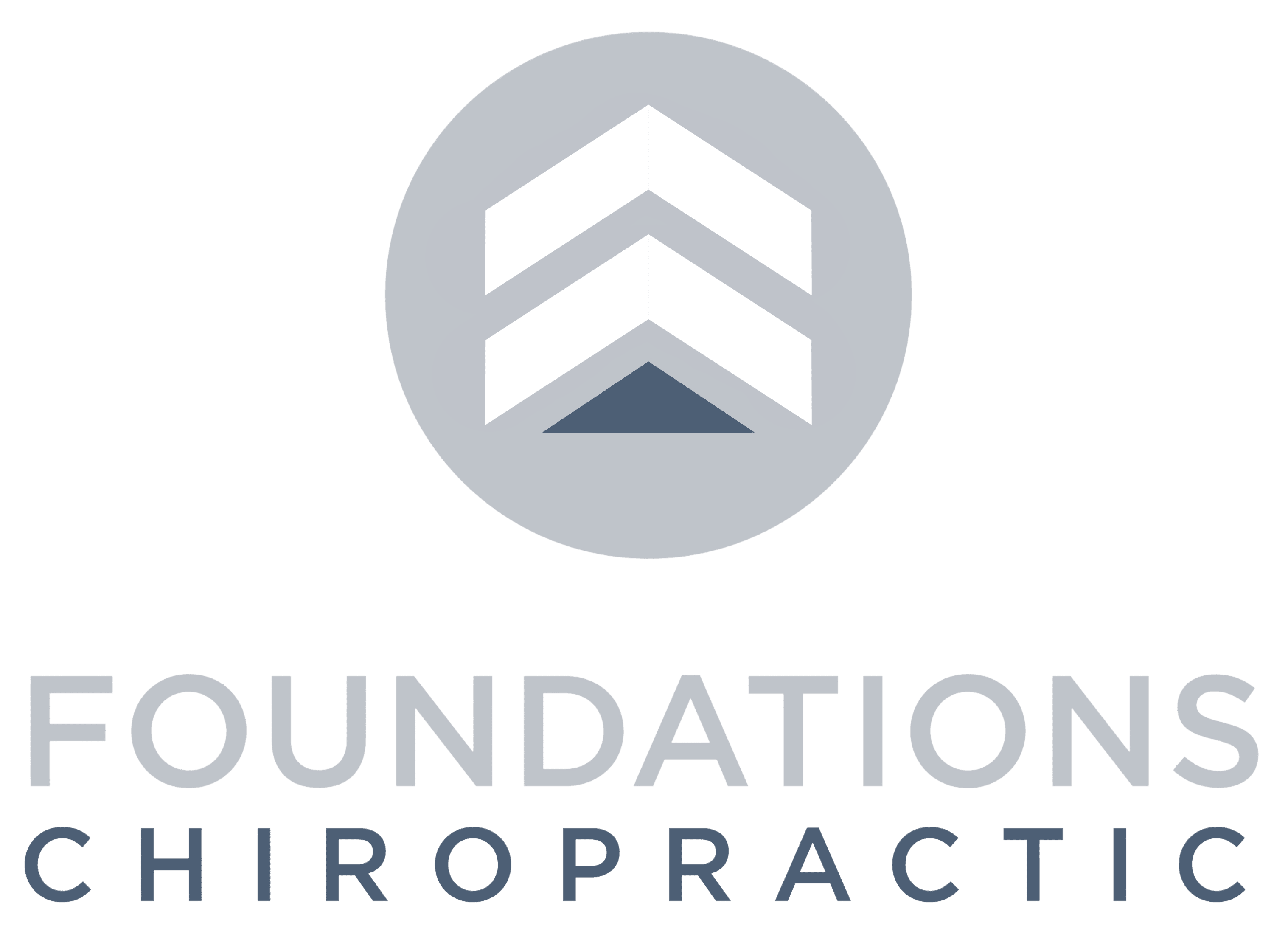If you’ve ever noticed your child engaging in repetitive behaviors like hand flapping, rocking, or making vocal sounds, you may have wondered if it’s something to be concerned about. These actions, known as self-stimulatory behaviors or “stimming,” are actually quite common, especially among children with autism. While stimming often helps children self-regulate, it can sometimes signal deeper neurological imbalances.
What is Stimming?
Stimming includes repetitive movements, sounds, or behaviors that serve as a way for children to process overwhelming sensory input or express emotions. Some of the most common forms include:
- Motor Stims: Hand flapping, rocking, spinning, pacing, or finger flicking.
- Vocal Stims: Echolalia (repeating words or phrases), humming, or making repetitive noises.
- Sensory Stims: Staring at lights, lining up toys, rubbing or scratching surfaces, or covering eyes or ears.
While all children engage in self-soothing behaviors, children with Autism Spectrum Disorder (ASD) often stim more frequently, intensely, and persistently, making it a key characteristic of autism.
The Purpose Behind Stimming
As a parent, you may have been told that stimming is just a quirk your child will outgrow. However, research shows that stimming serves a crucial purpose. In a study of adults with autism, 80% reported that stimming helped them reduce anxiety and feel more regulated.
For children with ASD, stimming may be an attempt to manage overwhelming sensory input or provide comfort in stressful situations. Understanding the “why” behind these behaviors allows for more compassionate and effective strategies to support your child.
The Neurological Roots of Stimming
To truly understand stimming, we must explore its connection to the nervous system. At the core of many autism-related challenges lies an imbalance in the Autonomic Nervous System (ANS), which controls involuntary functions like heart rate, digestion, and emotional regulation. In children with autism, the ANS is often dysregulated, causing:
- Overactive Sympathetic Nervous System (SNS): Triggers a heightened “fight or flight” response, leading to anxiety and sensory overload.
- Underactive Parasympathetic Nervous System (PNS): Reduces the ability to relax, self-regulate, and process sensory input.
This imbalance, known as dysautonomia, often results in chronic stress and hyperarousal, making self-regulation difficult. Stimming may be a way for the nervous system to seek balance and relief.
The Role of the Vagus Nerve
A key player in nervous system regulation is the vagus nerve, which helps promote calmness and emotional regulation. In many children with autism, the vagus nerve is underactive or dysregulated due to:
- Subluxation: Tension or misalignments in the spine disrupting neural communication.
- Birth Trauma: Physical stress during birth affecting nervous system development.
- Environmental Stressors: Toxins, infections, or emotional stress impacting the ANS.
These factors contribute to what we call the “Perfect Storm”—a cycle of nervous system dysfunction that can manifest as stimming and other sensory challenges.
Addressing Stimming at the Root
Instead of simply trying to eliminate stimming behaviors, we focus on addressing the neurological imbalances causing them. Here’s how you can support your child:
1. Modify the Environment
Reducing sensory overload can help minimize the need for stimming:
- Create a calm, predictable environment.
- Reduce visual clutter and noise.
- Use soft lighting and sensory-friendly textures.
2. Teach Self-Regulation Skills
Empower your child with strategies to manage sensory input:
- Use deep breathing and mindfulness techniques.
- Encourage physical activities like jumping on a trampoline or swinging.
- Introduce fidget toys or sensory tools for self-soothing.
3. Seek Neurologically-Focused Chiropractic Care
Traditional therapies focus on managing symptoms, but Neurologically-Focused Chiropractic Care addresses the root cause of stimming by:
- Identifying subluxations affecting the nervous system.
- Using INSiGHT Scans to assess nervous system function.
- Restoring balance through specific adjustments.
A New Path Forward
Stimming is not just a behavioral quirk—it’s a sign of deeper neurological patterns. By shifting our focus from simply managing symptoms to supporting nervous system development, we help children with autism regulate more effectively, communicate better, and thrive.
If you’re ready to explore a neurological approach to stimming, visit our PX Docs directory to find a provider near you. Every child deserves a chance to live with greater ease, joy, and connection—and we’re here to help make that possible.

